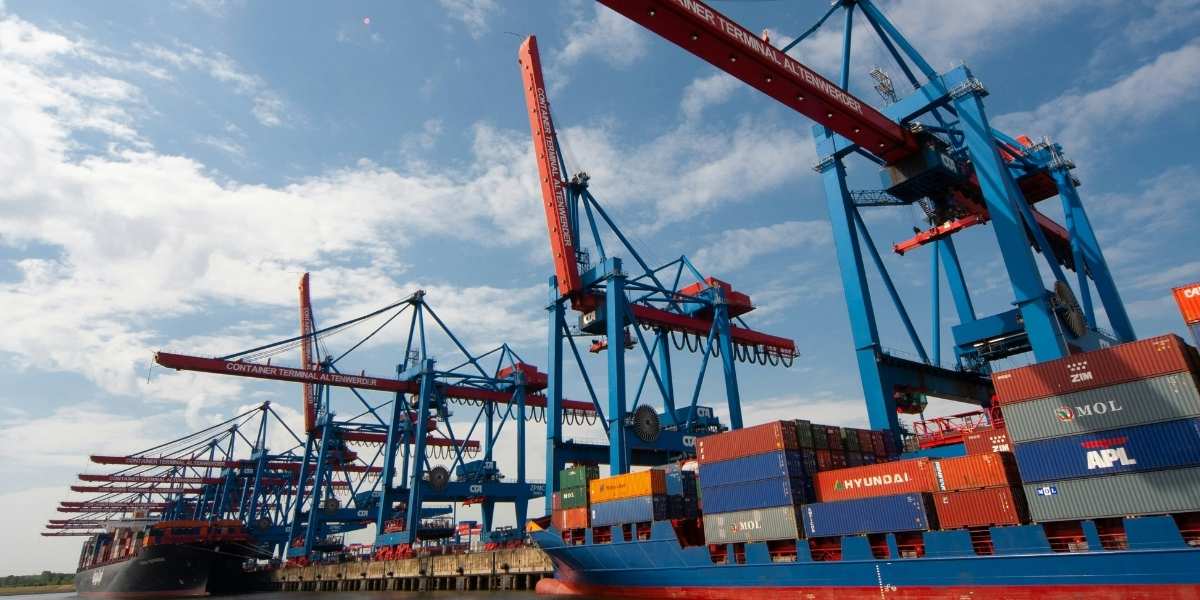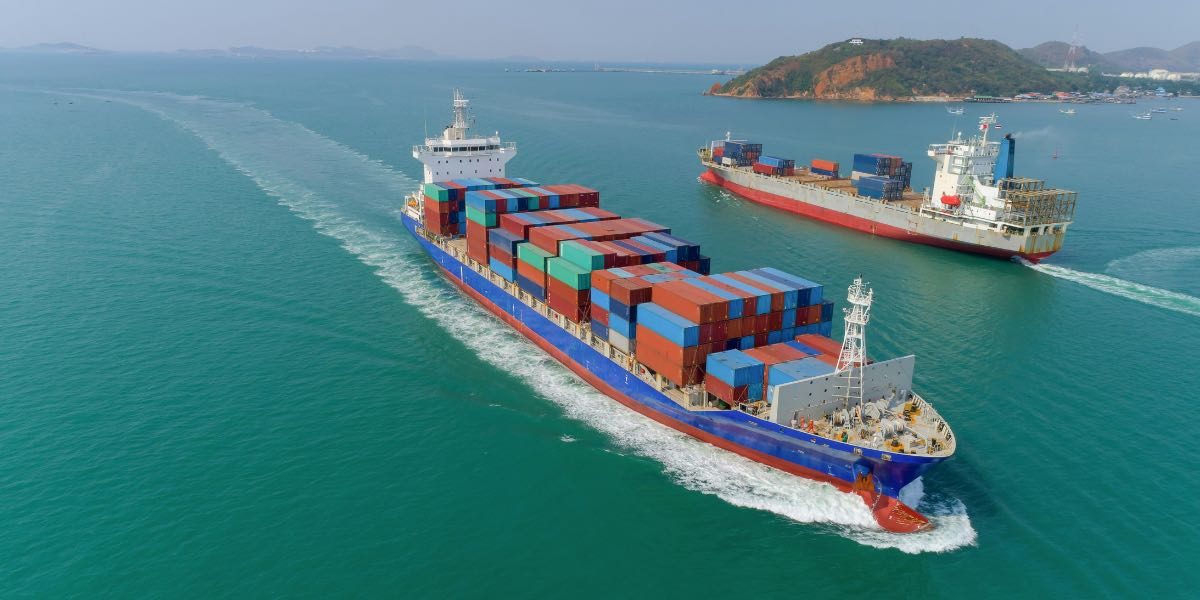Tariffs are a significant tool in international trade, often used by governments to achieve specific economic or political goals. However, their imposition rarely occurs in isolation, and the effects can ripple through economies, ultimately influencing the prices consumers pay for everyday goods. Understanding this complex interplay is essential for anyone trying to make sense of global economic trends.
Read also: The Silent Cost: How Untreated Mental Health Issues Are Draining Our Economy
What Exactly Are Tariffs and Why Do Governments Impose Them?
A tariff is essentially a tax levied by a government on imported goods or services. Think of it as a border fee that goods must pay to enter a country. Tariffs come in various forms, such as specific tariffs, which are fixed fees per unit, or ad valorem tariffs, which are a percentage of the imported good’s value. These import taxes are a long-standing feature of global commerce.
Governments impose tariffs for several reasons. One primary objective is to protect domestic industries from foreign competition. By making imported goods more expensive, tariffs can encourage consumers to buy domestically produced alternatives, theoretically safeguarding local jobs and production. Another reason is to generate revenue for the government. Historically, tariffs were a major source of government income for many nations.
Tariffs can also be used as a bargaining chip in trade negotiations, exerting economic leverage over other countries, or even as a response to perceived unfair trade practices. For instance, a country might impose tariffs on another nation’s exports if it believes that nation is subsidizing its own industries unfairly. Whatever the motivation, the implementation of tariffs sets off a chain of economic events that extends far beyond the customs office.
How Do Tariffs Directly Impact Consumer Goods Prices?

Photo Credit: Unsplash.com
The most direct and immediate impact of tariffs on consumer goods prices is an increase in the cost of imported items. When a tariff is imposed, the company importing the goods into the country must pay this additional tax to the government. This added cost immediately elevates the overall expense of bringing that product to market.
Consider a retail chain that imports a batch of popular electronic tablets from another country. If a tariff is suddenly placed on those tablets, the retail chain’s cost to acquire them rises significantly. To maintain their profit margins, the retailer will often pass at least a portion of this increased cost onto the consumer through higher retail prices. This phenomenon is known as “tariff pass-through.” Consumers might notice that their favorite imported smartphone, television, or even a brand of clothing now costs more in stores, directly reflecting the tariff imposed on it.
The degree to which these costs are passed on can vary. Businesses may choose to absorb some of the tariff to remain competitive, perhaps reducing their own profit margins, or they might seek alternative, cheaper suppliers. However, it is rare for consumers to be entirely shielded from the price hike. The direct cost of tariffs typically translates into higher consumer goods prices, making these items less affordable.
Do Tariffs Affect the Prices of Domestic Goods?
Interestingly, tariffs can also impact the prices of domestically produced goods, even if those goods are not directly subject to the tariff. This ripple effect happens through several channels, illustrating the interconnectedness of modern economies. First, if a tariff makes imported goods significantly more expensive, domestic producers might face less competition. With less pressure from cheaper foreign alternatives, domestic companies may seize the opportunity to raise their own prices, even without an increase in their production costs. This is a common market response when competitive pressures diminish, as businesses seek to maximize their profits. Consumers, faced with higher prices for imports, might find themselves with fewer affordable options, making the domestically produced items, despite their own price increases, still appear relatively more attractive.
Second, many domestically produced goods rely heavily on imported components or raw materials. For instance, an automobile manufactured in one country might use specialized engine parts or certain types of steel imported from another nation. If tariffs are imposed on that imported steel or those specific engine parts, the cost of the raw material or component for the domestic car manufacturer increases.
This higher input cost is then often passed on to the consumer in the form of a higher price for the domestically assembled car. So, even if a consumer prefers to “buy local” and support their country’s industries, tariffs can still indirectly affect their wallet by increasing the cost of essential inputs for local businesses. This demonstrates how tariffs can have far-reaching effects on consumer goods prices, extending beyond just the directly taxed imports to influence the prices of goods manufactured within the country itself.
Read also: Major Life Events: How to Get Your Finances Ready
What Are the Broader Economic Consequences of Tariffs on Consumer Spending?

Photo Credit: Unsplash.com
Beyond the direct and indirect effects on consumer goods prices, tariffs can have broader economic consequences that influence consumer spending patterns across the economy. When prices for a wide range of goods increase due to tariffs, consumers’ purchasing power is effectively reduced. People might find that their disposable income buys less than it did before, as more of their budget is allocated to basic necessities or previously affordable items that are now more expensive. This can lead to a slowdown in overall consumer spending, as individuals become more cautious with their budgets, particularly for non-essential items like leisure activities, entertainment, or luxury goods.
A decline in consumer spending can then have a cascading effect on the broader economy. Businesses might see reduced sales volumes, leading to lower revenues and potentially impacting employment levels as companies might scale back operations or postpone hiring. If demand for certain imported goods falls sharply because of higher prices, companies that rely on those imports for their operations, such as retailers or manufacturers using foreign components, could face significant difficulties.
The imposition of tariffs can sometimes provoke retaliatory tariffs from other countries. When other nations impose tariffs on a country’s exports, it makes those exports more expensive for foreign buyers, hurting export-oriented industries and potentially leading to job losses in those sectors. The uncertainty created by ongoing trade disputes and the threat of new tariffs can also make businesses hesitant to invest and expand, further dampening overall economic activity. This broad economic ripple effect illustrates how tariffs, while seemingly targeted trade policy tools, can influence the entire economic landscape and consumer behavior in far-reaching ways.








